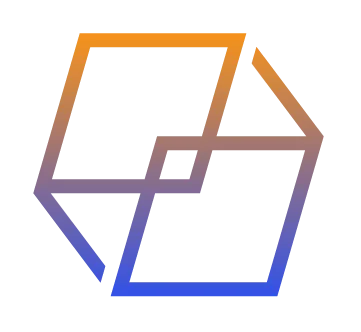In the world of digital transformation, blockchain and NFT technologies are playing an increasingly important role.
Blockchain is a distributed ledger technology that enables transactions to be carried out securely and transparently. It was first developed in 2009 to support the operation of bitcoin, the first cryptocurrency.
However, blockchain has much broader potential and can be used in a variety of applications, including finance, supply chain, intellectual property and more.
NFTs, or non-fungible tokens, are unique and non-replicable units of data that can be used to represent digital or real objects. For example, works of art, music, video games, collectibles and more.
This course is specifically structured to give a comprehensive view on blockchain technology and its, to date, most common application: NFTs.
Course Agenda:
- Blockchain: birth and historical background of the technology
- Insight into the social, political and economic context of blockchain
- Technology behind blockchain: distributed ledger, cryptography, nodes, ecosystem
- Bitcoin: hints of the world’s best-known blockchain
- Use cases: various fields of real-world application of blockchain, practical examples and in different industries.
- SmartContracts: history, definition and use of smart contracts in the IT world.
- What is a Token: differences between fungible and non-fungible token (NFT).
- Tokenization process: choosing the asset to be tokenized, token type, blockchain, writing the smart contract, deploying the smart contract.
- Marketplace: platforms for buying and selling tokens, including NFTs. Real-world examples of how to approach in current online marketplaces.
- Use cases: various fields of real application of NFTs, practical examples and in diverse industries.

